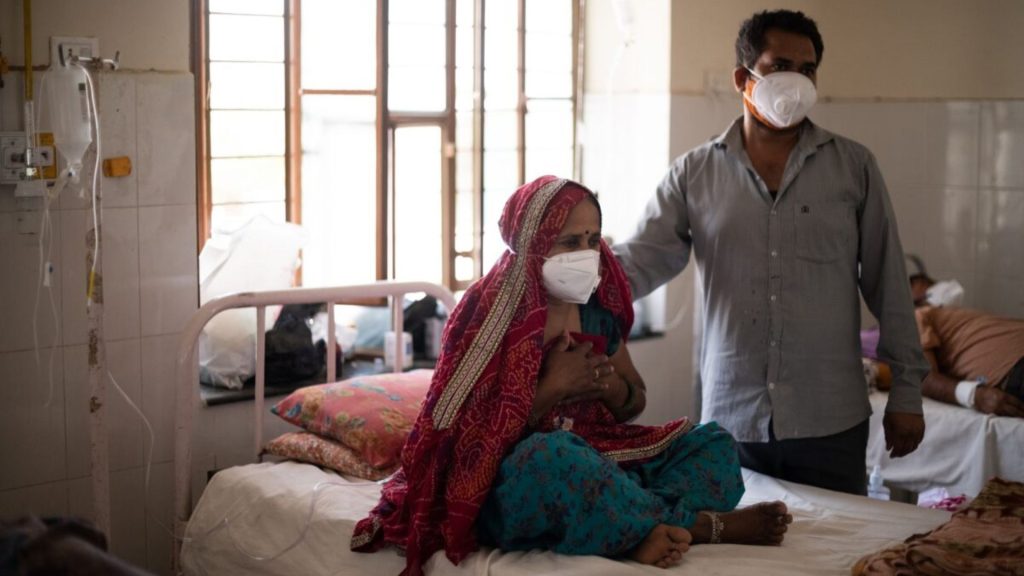NEW DELHI—Nausana, a village about 60 miles outside New Delhi in India’s most populous state, Uttar Pradesh, had only one case of COVID-19 during the country’s second wave of the pandemic: a driver for a Delhi High Court judge who recovered while in quarantine.
All 1,700 of the village’s voters have already been tested, and vaccinations began on May 28. But the vaccinations aren’t being administered in the village’s sub-health care center—a health unit in India that is the first point of contact between any community and its primary health care facility—but instead in villagers’ homes on charpaies, traditional beds made from ropes.
Rural health care in India consists of a three-tiered system. At the lowest tier, each sub-center caters to an average of more than 5,000 people. Each group of six sub-centers refers patients to a primary health center (PHC), a six-bed facility that serves more than 30,000 people. Four PHCs refer to a community health center, a 30-bed site for more than 120,000 people.
Ideally, Nausana’s sub-health care center should have been where COVID-19 testing and vaccinations were administered for the community, but when The Epoch Times visited it on May 27, it was locked and dusty. Through an open window, a table and chair were visible, along with a few medicines on otherwise empty shelves. Adjoining were two empty rooms with large cobwebs.

